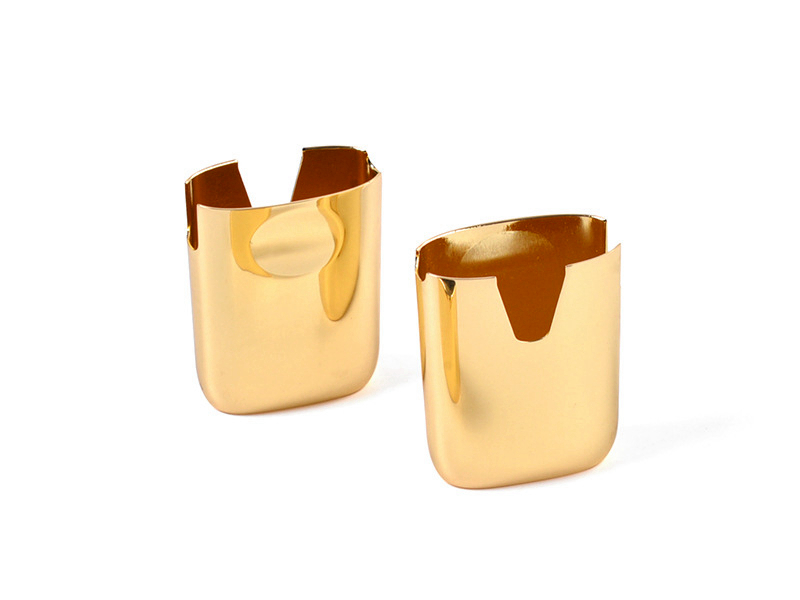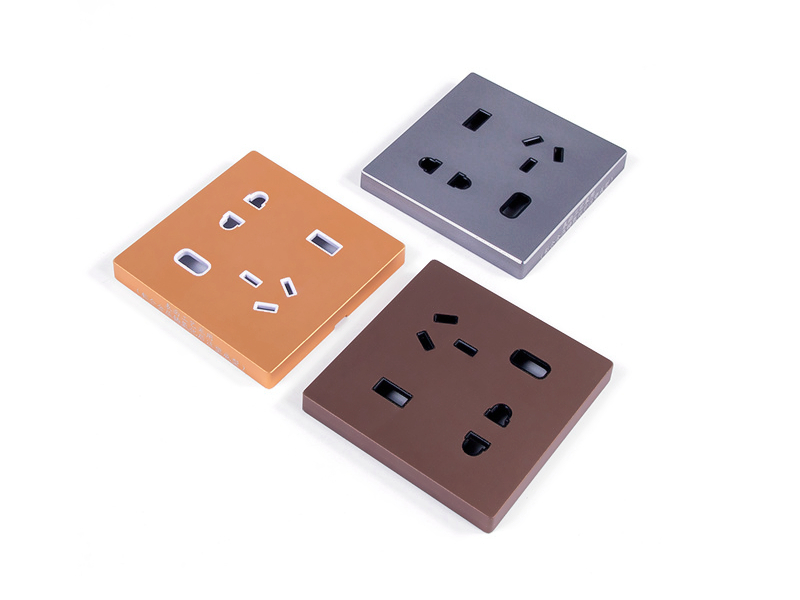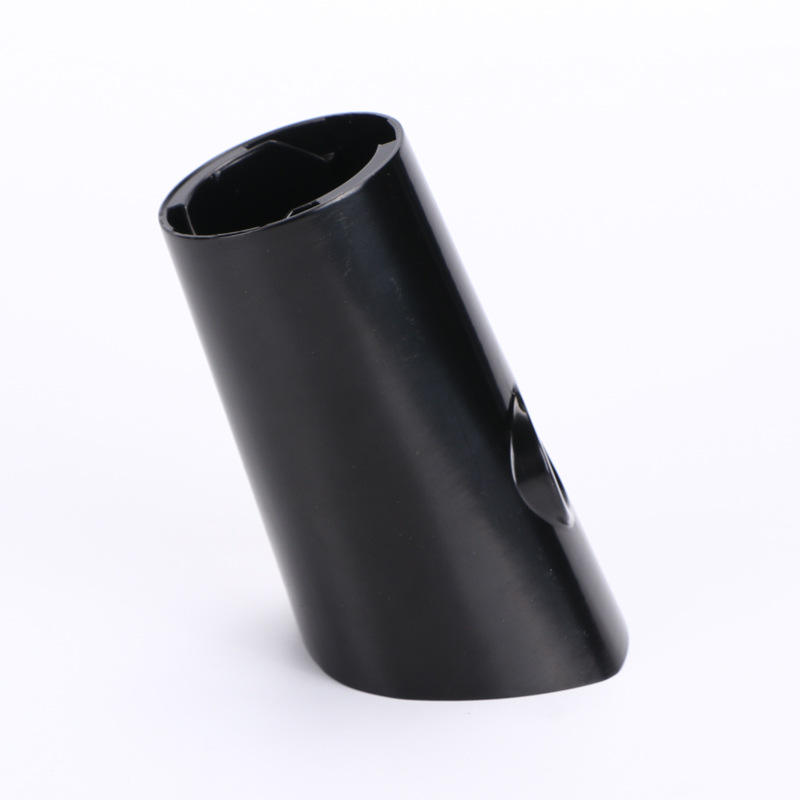Precision-Manufactured Zinc Alloy Die Cast Components for Consumer Electronic Casing
In today’s highly competitive consumer electronics market, product design is about more than just aesthetics. Device casings must balance sleek appearance with structural strength, tight tolerances, electromagnetic compatibility, and manufacturability at scale. For smartphones, laptops, wearables, and handheld appliances, zinc alloy die casting—especially using Zamak grades—offers a precise, cost-effective solution for producing high-quality enclosures with outstanding dimensional accuracy and surface finish.
At Neway, we specialize in zinc die casting for consumer electronics, delivering lightweight yet durable components that meet the strictest design and production requirements. Our process supports complex geometries, ultra-fine detail, and advanced surface treatment compatibility.
Why Zinc Alloy Die Casting is Ideal for Electronic Casings
Zinc alloys such as Zamak 3, 5, and 7 are commonly used for electronics because they perfectly balance strength, weight, castability, and finish quality. High-pressure die casting allows for thin walls, embedded features, and seamless integration of heat sinks, cable routes, or button interfaces—all essential for modern electronics.
Key Advantages
Wall thicknesses as low as 0.8 mm without compromising structural rigidity
Tolerances of ±0.02 mm for mating features and fastening points
Tensile strength up to 400 MPa (Zamak 5), with low warpage across complex forms
Excellent EMI shielding properties due to the electrical conductivity of zinc (~17 MS/m)
High-quality surface finish: Ra ≤ 1.2 µm achievable via tumbling, sand blasting, and painting
Zinc alloys are denser (~6.6 g/cm³), offering a premium tactile feel suitable for high-end electronics like portable audio, computing peripherals, and smart accessories.
Typical Zinc Die Cast Components in Consumer Electronics
From internal structural frames to external housings and decorative elements, zinc die casting supports a wide range of applications in consumer electronics.
Component Type | Examples | Key Requirements |
|---|---|---|
External Housings | Smartwatch bodies, remote controls, audio shells | Aesthetic quality, minimal wall thickness, scratch resistance |
Internal Frames | Mobile device chassis, camera brackets | Flatness, stiffness, thin-wall geometry |
Port Shields | USB housings, plug connectors | Tight fit, conductivity, wear resistance |
Button Covers | Volume controls, side toggles | Dimensional accuracy, tactile feedback, surface coating |
Decorative Trim | Bezels, badges, case inlays | Mirror finish, sharp edge definition, plating readiness |
Zamak Alloys Used in Electronic Casting
Neway offers multiple Zamak alloys, each tailored for specific structural or cosmetic applications in electronics. These materials conform to ASTM B86 and ISO 301 standards.
Alloy | Density (g/cm³) | Tensile Strength (MPa) | Elongation (%) | Surface Quality | Best Use Cases |
|---|---|---|---|---|---|
Zamak 3 | 6.6 | 270–280 | ~10 | Excellent | Cosmetic housings, badges |
Zamak 5 | 6.6 | 380–400 | ~7 | Good | Internal frames, thin chassis |
Zamak 7 | 6.6 | 260–275 | ~13 | Best | Small buttons, high-finish enclosures |
Zamak 7’s high fluidity and superior finish are ideal for intricate components like camera bezels or device edges where surface smoothness is critical.
Dimensional Precision and Finishing Control
Consumer electronic parts require ultra-precise mating features, especially in devices with modular assembly or snap-fit designs.
Wall thickness range: 0.8–2.5 mm
Tolerance: ±0.02 mm for alignment holes and fastener bosses
Surface flatness: ≤ 0.05 mm across 100 mm plane
Weight repeatability: within ±1.5% for batch uniformity
Surface finish: Ra ≤ 1.2 µm, gloss > 85 GU after polishing
These specifications ensure tight assembly with other plastic or metal components, as well as high-grade coatings and textures that meet user expectations.
Surface Treatments for Consumer Electronics
Neway offers a comprehensive range of post-processing services to enhance the aesthetics, durability, and feel of electronic device casings:
Electroplating: for mirror-chrome, black nickel, or satin metal finishes
Powder coating: 60–80 µm protective layers, UV- and fingerprint-resistant
Painting: custom RAL/Pantone finishes with matte, gloss, or soft-touch textures
Anodizing: optional for hybrid aluminum-zinc assemblies
Assembly: insertion of tactile buttons, gaskets, lenses, and electronic mounts
All finishes are RoHS-compliant and tested to consumer durability standards such as ISO 2409 adhesion and ASTM D3359 cross-hatch.
Tooling and Scalable Production
Neway’s tool and die making supports rapid development and high-output production for fast-paced consumer markets.
Die material: H13 tool steel with hardened cores
Tool life: 250,000–500,000 cycles, depending on complexity
Tooling lead time: 3–5 weeks with DFM and mold flow simulation
Cycle time: 20–40 seconds per shot
Capable of low-volume manufacturing and mass production
Rapid prototyping is available for early-stage concept testing and ergonomic validation using soft tooling or hybrid molds.
Case Study: Smartphone Accessory Frame
A leading consumer electronics brand partnered with Neway to develop a precision die cast frame for a magnetic wireless charging accessory. Requirements included:
Wall thickness: 1.2 mm
Flatness tolerance: ≤ 0.03 mm
Finish: black powder coat, gloss < 10%
Surface hardness: > 2H (pencil hardness test)
Production volume: 100,000 units/month
Zamak 7 was selected for its flow characteristics and finish potential. Neway built a 6-cavity die, achieving a cycle time of 25 seconds per shot. Post-processing included tumbling, powder coating, and visual inspection. Final parts exceeded surface quality requirements and passed drop, thermal, and cyclic usage tests.
Why Consumer Electronics Brands Choose Neway
Neway offers vertically integrated die casting services for electronic applications:
Engineering support for geometry, cooling, and surface optimization
In-house casting, machining, finishing, and assembly
ISO 9001:2015 certified processes with traceable documentation
Full support for design iteration, pilot production, and global fulfillment
Competitive pricing for high-finish components with cosmetic Class A surfaces
We deliver reliable production timelines and repeatable quality to support your product launch schedules.
Conclusion
Zinc alloy die casting offers consumer electronics manufacturers a robust, scalable, and precision-focused solution for high-performance casings. From wearables to smart home devices, Zamak castings provide the mechanical strength, aesthetic finish, and production efficiency required in today’s electronics landscape. At Neway, our advanced capabilities and integrated processes help you move from prototype to global release with confidence.
To start your zinc alloy casing project, contact Neway today.



